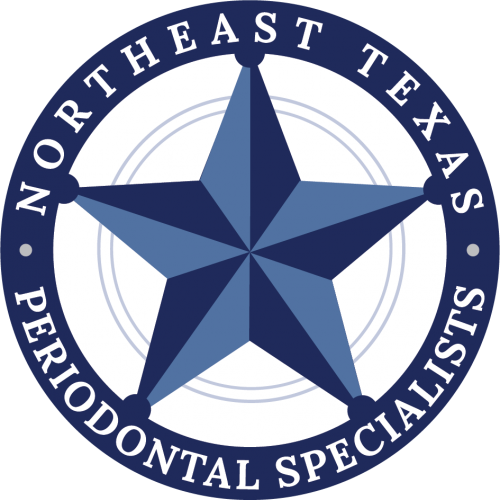Wisdom teeth are an additional set of molars that often develop between the ages of 17 and 25. Typically, people have four wisdom teeth – two on the upper jaw and two on the lower. These are the final permanent teeth to come in and, in some cases, wisdom teeth can become impacted in the gums or jawbone.
In addition to being painful, impacted wisdom teeth can damage other teeth and lead to a host of other dental concerns. Some patients may have no noticeable or immediate issues with impacted wisdom teeth but because they can be more difficult to properly clean, they can be more prone to periodontal disease, decay, and cavities than the patient’s other teeth.
Impacted wisdom teeth leading to discomfort or additional dental issues are typically extracted. Even if the patient lacks symptoms, some surgeons and dentists advocate for removal of impacted wisdom teeth to avoid potential problems from developing in the future.
Signs and Symptoms of Impacted Wisdom Teeth
As mentioned, not all patients will experience symptoms of impacted wisdom teeth. However, should an impacted wisdom tooth develop an infection, cause dental problems, or damage adjacent teeth, patients may experience the following signs or symptoms:
* Swollen, red, inflamed gums
* Bleeding or tender gums
* Jaw pain and swelling
* Foul taste in the mouth
* Bad breath
* Trouble opening the mouth
Should any of these occur in the area behind the last molar, patients should consult their dentist to determine if the cause is an impacted wisdom tooth.
Causes of Impacted Wisdom Teeth
Impaction occurs when wisdom teeth lack sufficient room to erupt or normally develop in the mouth. Usually emerging in a person’s late teenage years, some people have no issues with wisdom tooth eruption and the teeth will properly align with the second molars. However, many times the mouth lacks space to accommodate the extra molars causing them to become impacted.
There are varying degrees of impaction. Some wisdom teeth are only partially impacted in that the crown is visible. Other wisdom teeth can be fully impacted and never break through the patient’s gums. Regardless of the level of impaction, the wisdom tooth could:
* Grow in angled towards the second molar
* Come in angled towards the back of the mouth
* Be at a 90-degree angle to other teeth; appears like the wisdom tooth is perpendicular to the jawbone
* Grow in straight up and down as normal but be trapped in the gums or jawbone
Complications
* Damage Other Teeth: Should a wisdom teeth press against adjacent teeth, the other teeth can become damaged and the risk of infection is increased. Overcrowding can also occur that could necessitate orthodontic treatment to correct.
* Cysts: Wisdom teeth develop in sacs within the jawbone. Should the sac fill with fluid, a cyst can form that could cause damage to the jawbone, nerves, and teeth. In rare instances, a tumor could develop requiring removal of tissue and bone.
* Tooth Decay and Gum Disease: Because their impaction makes them more difficult to clean properly, patients with impacted wisdom teeth are at increased risk of developing gum disease and/or tooth decay.

